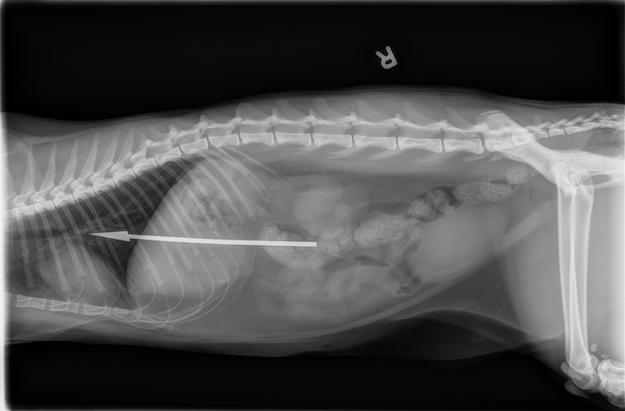The Dangers of Outdoor Cats

Allowing your cat to roam freely outside comes with risks, both for themselves and for the environment. According to the Humane Society, approximately 71% of pet cats in the U.S. are kept indoors and more owners are realizing that their cats are safer and can lead happy lives inside their home.
Here are some things to consider before letting your cat roam freely outdoors.
Outdoor Cats are Bad for the Environment
There are a few ways free-roaming cats negatively impact the environment:
- Killing wildlife: Recent studies show that domestic cats kill billions of birds and small mammals (including endangered species) every year, and have confirmed bell collars and trimming claws do not prevent cats from killing.
- Spreading disease: Cat feces carry a parasite called toxoplasmosis which has recently been found to be killing marine life, including highly endangered sea otters, dolphins, whales, manatees, walruses, sea lions, and seals. This parasite is also zoonotic (can be passed from animals to humans) and so is a human health hazard for gardens, children’s sandboxes, and the beach.
- Cat overpopulation is a big problem – according to the Humane Society: “regardless of whether they are owned or not, cats who are outdoors are the leading cause of cat overpopulation in communities and can be a conservation threat.”
Outdoor Cats End Up in Our Emergency Rooms
Outdoor cats face many dangers as well. Here are some common cases we see in our ERs:
- Hit-by-car: cats do not have the instinct to avoid busy streets, and they frequently get hit by cars.
- Abscesses from fights with other outdoor cats/dogs/wild animals. Cats are commonly attacked or killed by coyotes, raccoons, foxes, and even alligators.
- Animal cruelty: such as pellet wounds from air-rifle guns.
- Poisoning by antifreeze-soaked foods (neighbors mistaking pet cats as feral cats and “taking action” to help decrease the population of strays).
- Contracting diseases from other felines (i.e. feline herpesvirus, intestinal worms, feline leukemia virus).
Outdoor cats also run the risk of going missing or being taken in by an unknowing person (here are some tips on what to do if you spot a cat outdoors).
case example: outdoor cat shot with arrow in hawaii
Moku, a 2-year-old neutered male Domestic Shorthaired Cat, was (up until recently) an indoor/outdoor cat at his home in Hawaii. One day, Moku was let inside after his normal daily routine of outdoor activities and began acting strange. By the next morning, his owner knew something was very wrong. She rushed Moku to VERC and diagnostic images revealed a shocking discovery: an arrow was lodged into his thoracic cavity. The VERC surgery team removed the arrow and did a partial lung lobectomy to remove the damaged area of the lungs, and Moku spent days in the hospital.
He thankfully recovered well, and will be living out the rest of his days indoors!

Moku’s x-ray image showing the arrow lodged in his thoracic cavity.
Alternative Options for Cats To Experience the Outdoors
If you’re finding your cat trying to sneak outdoors or constantly begging to go outside, there are some alternative options to help him/her live a safe, enriching life:
- Catio: building or buying a “catio” (an enclosed outdoor patio for cats like this) can allow your cat to safely experience all the wonders of the great outdoors.
- Leash training: another safer alternative to free roaming, and many cats come to really love leash walks & exploring! Check out our PAWEDcast episode on how to test out & start leash training your cat.
- Enrich your cat’s indoor life: some cats may just be bored in the confinements of your home. Try adding in some exciting stuff:
- an indoor hunting cat feeder
- a cat perch next to a window mount bird feeder
- wall mounted cat tree shelves
- adopting another cat (if you’re ready/able)
Remember, your cat’s veterinarian can help you navigate any questions or behavioral problems you face with your cat. As part of your cat’s healthcare team, we’re here for you.